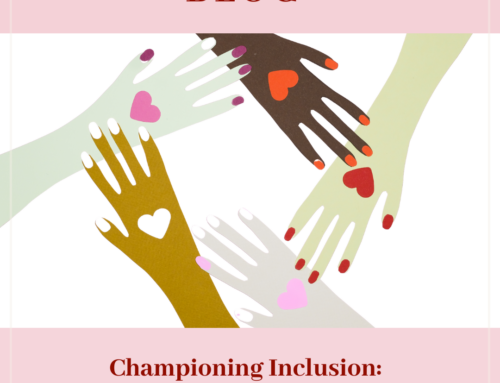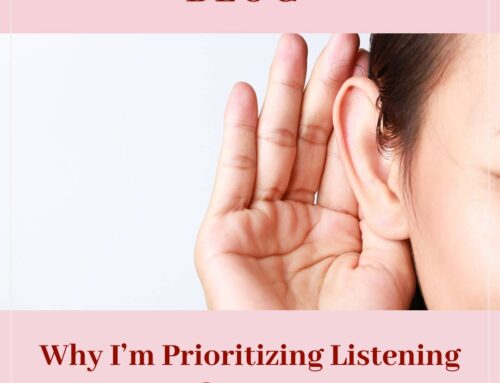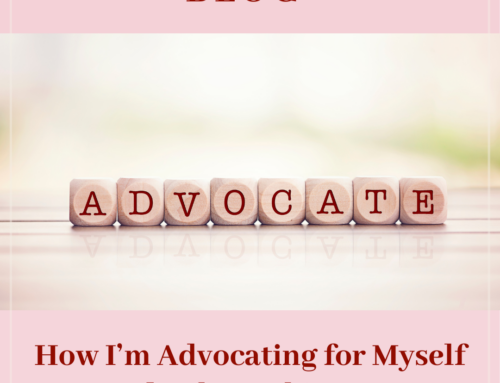I am celebrating my 20th year of serving on corporate boards and have learned it is not so much what you know, but rather how you say it. I have had to train my sense of emotional intelligence (EI) at the boardroom table – including paying attention to everything from verbal communication, to body language, tone of voice, and social graces.
I have been around some of the best and brightest board members that have inspired me to reach higher levels in the boardroom. I have also been around other board members that lacked in their EI, with their social graces lacking and boardroom presence very uninspiring.
According to Daniel Goleman, an American psychologist who popularized the concept of EI, its definition is: “the ability to understand and manage your own emotions, and those of the people around you. People with a high degree of emotional intelligence know what they’re feeling, what their emotions mean, and how these emotions can affect other people.” Goleman also organized Emotional Intelligence into five key elements:
1. Self-awareness
2. Self-regulation
3. Motivation
4. Empathy
5. Social skills
Using this understanding of emotional intelligence, I am going to apply these five elements to explain how leading and serving corporate directors can be more emotionally intelligent in the boardroom.
1. Self-Awareness
Being self-aware is being conscious of your thoughts, behaviours and tendencies. I often come across board members that lack self-awareness at the boardroom table, too busy talking and not doing enough listening. In a recent article published by executive search consultants Heidrick & Struggles, authors Bonnie W. Gwin and Victoria Reese urge board members to listen first. “You should be the last to speak,” says a leading female board chair […] listen empathetically, solicit other points of view, and be the most prepared, even though you don’t talk the most”.
By putting self-awareness into action, there will be sometimes where you already know the answer to a discussion, however exercising this skill means being conscious of your biases, stepping back and considering the subject matter with neutrality nonetheless.
2. Self-Regulation
Self-regulation is concerned with how you manage yourself, your emotions, your inner resources, and your abilities. It also includes your ability to manage your impulses. Applying this facet of EI to your boardroom behaviour means controlling your emotions and how you decide to express them. If you find that you are overwhelmed by your emotions on a topic or matter that you are passionate about, instead of impulsively speaking out on your feelings, try remaining silent for 5 seconds.
Mel Robbins is the author of the book The 5 Second Rule, where she explains that “if you have an impulse to act on a goal, you must physically move within 5 seconds or your brain will kill it.” While the 5-second rule is aimed at encouraging people to break away from habits that inhabit their action on a goal, it can be reversed to curb disruptive impulses. By waiting 5 seconds before speaking on high emotion, it gives you a moment to cool down and for the impulse to subside.
My best piece of advice in exercising self-regulation is that rather than acting on impulse, it’s far more effective to observe others’ behaviours and find a different time/place to have discussions that concern a difference of opinion.
3. Motivation
Self-motivation encompasses our personal drive to grow and achieve. It concerns our commitment to our goals, our initiative, our readiness to act on opportunities, our optimism, and our resilience. Motivation in the boardroom can be described as your commitment to lean in, which you can learn more about by reading my blog on Finding Your Voice at the Boardroom Table.
So, how does one lean in at the boardroom table?
Start by taking a leadership role on a particular topic, issue, or governance process on which you have specialized expertise. For instance, I have been asked to “lean in” on specific due diligence processes as part of an M&A transaction. Also, you might “lean in” as the Chair of the Corporate Governance Nominating & Compensation Committee, where you might have the opportunity to lead the process in engaging outside advisors to provide an Executive & Directors Compensation review. Yet another great example is leading a board renewal process and ensuring your board is advancing gender diversity in the boardroom. Most importantly, remember the roles which you “lean in” on may relate to your specific board committee, but can also take place outside of the boardroom, so make sure to remain open to and seize any form these opportunities may present themselves in.
4. Empathy
When you listen with empathy to another person, you give that person psychological air.” — Stephen R. Covey
In an article on emotional intelligence authored by Korn Ferry, empathy was described as “the ability to sense others’ feelings and how they see things. You take an active interest in their concerns. You pick up cues to what’s being felt and thought. With empathy, you sense unspoken emotions. You listen attentively to understand the other person’s point of view, the terms in which they think about what’s going on.”
This emotional intelligence component is a critical trait in being a board member. I find the best way to demonstrate empathy at the boardroom table is to attend meetings in person since it is very challenging to evoke empathy on a conference call. In-person, you can observe the other person’s body language, as well as other critical non-verbal cues that enable you to get the full picture of what the speaker is trying to convey. Understanding the other person’s full view is key to being able to share and take an interest in their perspective, follow the source of their emotional position on a topic, and ultimately make a more informed decision.
5. Social Skills
When dealing with people, remember you are not dealing with creatures of logic, but with creatures of emotion.” — Dale Carnegie
Social skill, the ability to manage and influence others’ emotions effectively, is the final piece of the emotional intelligence puzzle, which brings together all of the other components. It is a composite of competence in communication, persuasion, building rapport, conflict management, change management, teamwork, and leadership. At the boardroom table, this means being able to establish positive relationships with other board members, gaining their trust, and knowing how to balance when to be assertive with when to be a team player.
To put this into a relevant situational example, let’s say a board member falls asleep in a meeting. You have two choices, which are either to call them out publicly and risk embarrassing that director, or to approach them discreetly and ask them if they might like a coffee. The best choice is the latter, given that calling out a colleague creates the potential for tension in that relationship and is likely to offend them. It’s essential to keep in mind the golden rule, “do unto others as you would have them do unto yourself”, as it is perhaps one of the most effective social strategies.
My final word is that emotional intelligence in the boardroom is all about minding your Ps and Qs. However, while easily overlooked, this carries with it the payoff of a more cohesive board that effectively makes better business decisions.





Leave A Comment